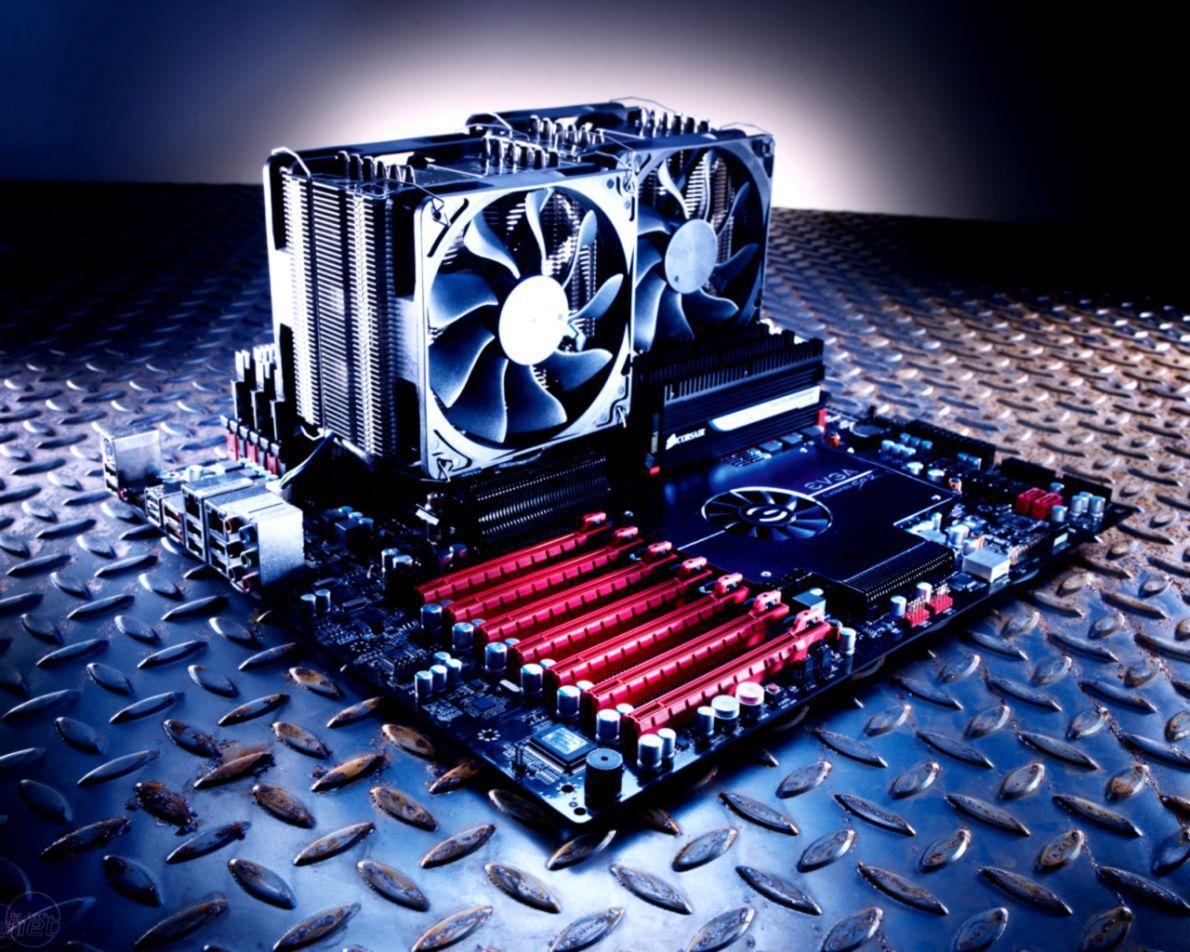In recent years, the tech landscape has experienced a significant shift, leading to a remarkable rise in the availability and demand of excess computer parts. As more people and businesses seek affordable solutions for their tech needs, surplus components have emerged as an appealing option. These surplus parts not only allow for substantial savings but also support a more sustainable approach to technology consumption. By giving new life to old components, tech enthusiasts can build or enhance systems that meet their needs without breaking the bank.
Yet, exploring the world of surplus computer parts can be overwhelming for the newcomers. With different quality levels and the potential danger of scams, potential buyers must be armed with the necessary knowledge to make wise decisions. This guide aims to empower readers by offering crucial tips, tricks, and insights into the world of surplus parts, ensuring they can shop wisely and find the best deals while avoiding common pitfalls. Whether you are a seasoned builder or a first-time buyer, understanding how to spot high-quality surplus components can open the door to a world of tech possibilities.
Ultimate Guide to Purchasing Extra Computing Components

As you enter into the domain of surplus computer parts, it is important to grasp the main factors that can determine your buying journey. Start by locating trustworthy suppliers where surplus components can be obtained. E-commerce platforms, community computer service centers, and dedicated surplus electronics stores are ideal choices to start. Ensure that you read feedback and evaluate the seller's reputation to gauge their reliability. A positive feedback seller often indicates quality goods and a reliable transaction.
Then, familiarize yourself with the particular components you are looking for. Each component, regardless of whether it's a mainboard, power supply unit, or RAM, comes with specific requirements and compatibility considerations. Investigate the necessary features for your setup and use this information to eliminate unsuitable items. It is also important to recognize the inherent risks associated with buying surplus parts, such as lack of warranties or unseen issues. Knowing what to anticipate can help adjust your expectations and reduce disappointments.
Lastly, don't shy away to inquire questions and demand detailed insights or images of the components before making a buy. A credible seller should be prepared to provide this detail to make sure that you feel assured in your buying judgment. Look for signs of wear and tear, check for original wrapping, and verify any included paperwork. Being meticulous in your inspection and discussions will greatly boost your chances of obtaining reliable excess computer parts that meet your expectations.
Ways to Identify Top-Notch Surplus Items
As you searching for overstock electronic parts, the first indicator of excellence is the condition of the component. Seek items that display slight signs of damage and use. Items should not exhibit extensive blemishes, dents, or fading. Functional testing documents or reports can also function as a reassurance; countless reputable providers will supply evidence of successful testing, demonstrating that the part is in functioning condition.
One more important factor to take into account is the origin of the surplus parts. computer equipment with a positive image often sell items that have been systematically evaluated and renewed, increasing the likelihood of obtaining premium parts. Make sure to read feedback and comments, as well as to ensure if the merchant has a refund guarantee. This insight can be extremely helpful in assessing whether you are acquiring from a reliable seller.
Finally, understand the specifications and interoperability of the parts you are interested in. Research the initial time and engineering requirements to ensure the items meet your requirements. Components that have endured a while but still conform to modern standards commonly provide great value. If you are able to, contrast costs and states among various vendors to discover the best offer without compromising quality.
Tips for Assessing Second-hand PC Parts
When browsing for excess computer components, the first action is to review the physical condition of the parts. Search for obvious evidence of damage, such as scratches, deformations, or corrosion. Additionally, inspect for any lost fasteners or components that could impact functionality. If possible, request high-quality photos from the provider that display the item from multiple perspectives. This image-based assessment can help you decide if the part is sensible your investment.
Next, it's important to verify the functionality of second-hand components before purchasing. Inquire whether the vendor has tested the component and can provide evidence, such as performance metrics or a functional showcase. For parts like graphics cards and processors, seeing them in action can provide assurance about their functional state. If the seller cannot provide this information or if they are hesitant to facilitate evaluations inquiries, consider it a warning sign.
Finally, research the credibility of the seller or marketplace where you are considering making a buy. Look at reviews and verify ratings to ensure that they have a track record of selling high-quality items. Building confidence with the seller and being aware about exchange guidelines can protect you from future issues. By adhering to these tips, you'll be in a stronger position to discover high-quality surplus computer parts that fulfill your needs.
